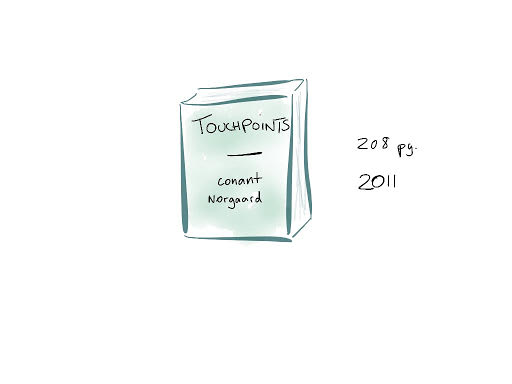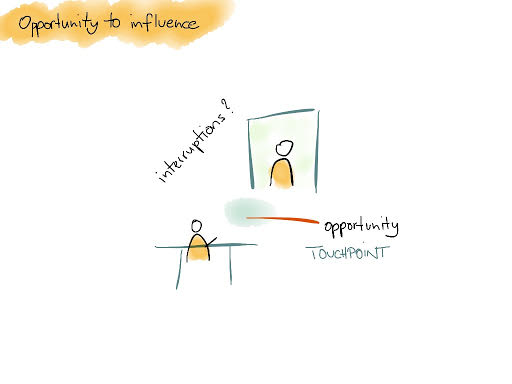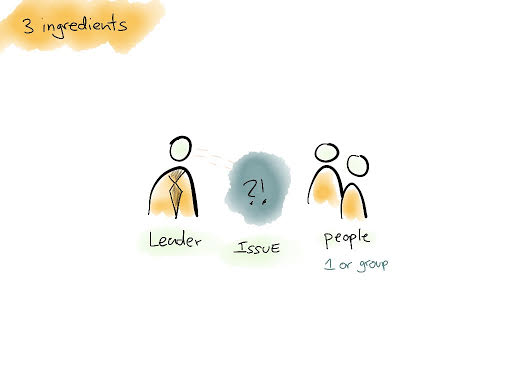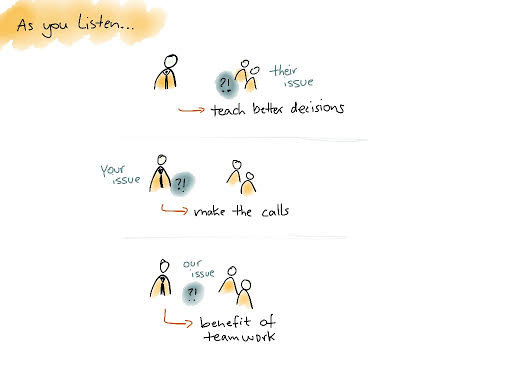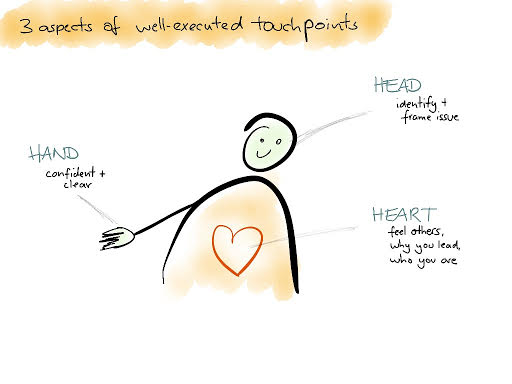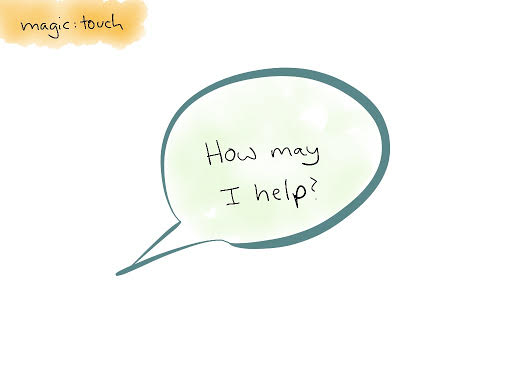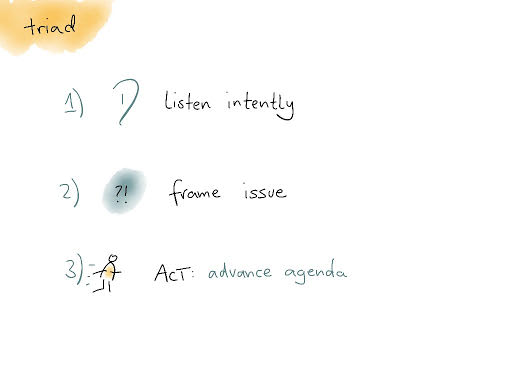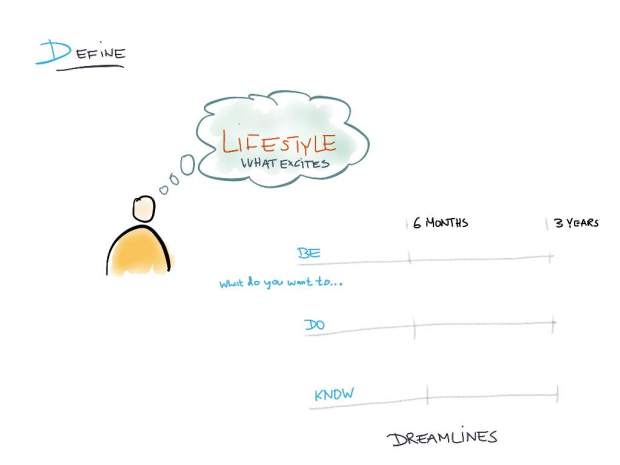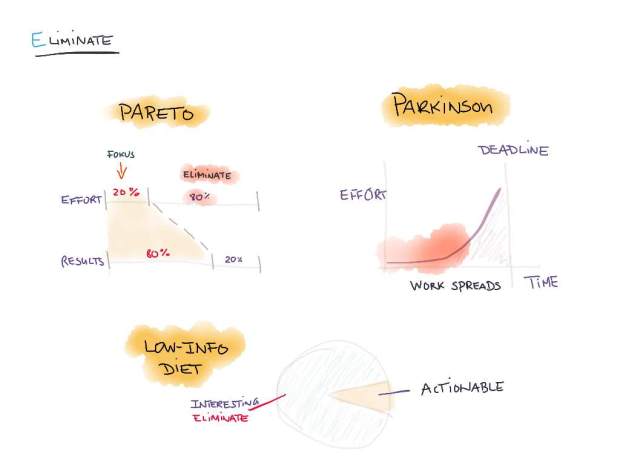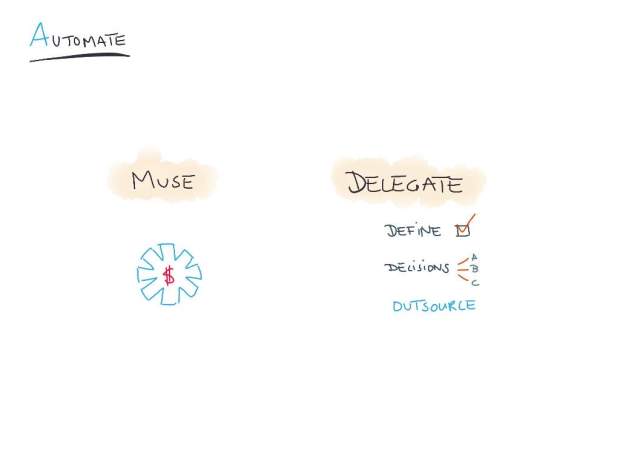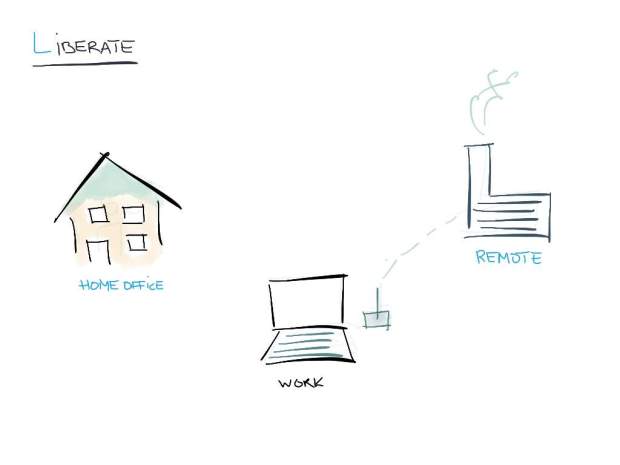Rules for success in a distracted world – sounds good. Professor Cal Newport reflects on the way the world is going and what it means for our work. In his 2016 book he picks up on the increasingly rare ability to put your mind to demanding mental tasks. We are much rather busy than to think. But thinking is the muscle that is need in many settings.

Focus wins over time
Newport positions Deep Work as the differentiator in today’s world. With the advent of social media, instant messaging and open collaboration, we have lost an environment for reflection and focus. Most workplaces are noisy, distracted and not suitable for extended periods of deep dives. But many problems require deep involvement to unlock new insights and progress.
Deep Work proposes to develop this skill afresh. With an intern disposition and training the discipline for focus you can create better value. Deep Work over the course of time will yield many benefits to yourself and those you work with.
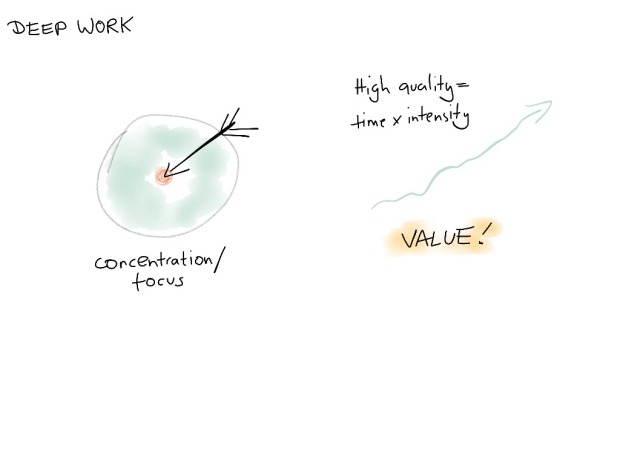
Rituals for Deep Work
Newport tracks the biography of many world-class thinkers. From Carl Jung to Albert Einstein to Marie Curie. Deep Work didn’t just happen for them. They turned it into a ritual. And this ritual allowed them to find Deep Work often and make the most of it.
To help with developing rituals, Newport offers these four avenues: find a place (where) that is reserved for your Deep Work. Whether a building, a place in nature, a cafe – tag it for getting yourself into reflection mode. Next, find a time that is reserved for Deep Work. Some do morning, other take a Think Week (like Bill Gates), others do it on set times in the week.
Third, find a kickoff activity. Whether it is putting your shoes on to walk for a routine, sitting down in a dedicated chair or starting your journal. Habit connections help to ease the mind into Thinking Avenue. Finally, find ways to support your Deep Work ritual. Whether it is a cup of coffee, a timer, a dog you take on a walk etc. Deep Work benefits from tangible support items.
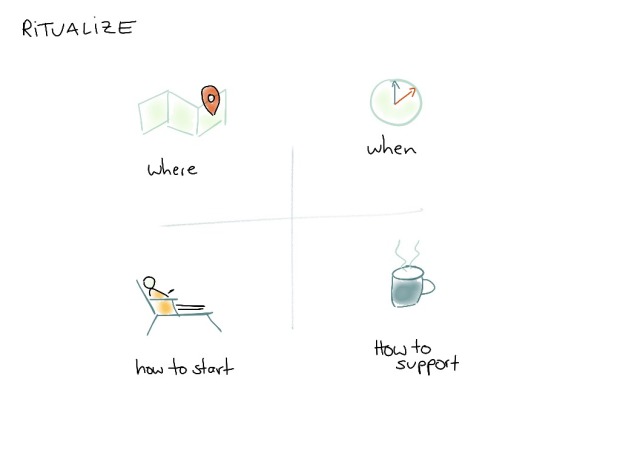 4 Ways of Deep Working
4 Ways of Deep Working
There is no one-size-fits-all when it comes to Deep Work. Newport identifies four approaches how to fit Deep Work to your schedule, demands and personality. The monastic approach dedicates all (or most) of one’s work to one topic. Either set in an isolated location or blocked from distraction it has the most benefit. You may know it from papers for school or uni. Extended single focus. Expensive but great.
Next, the fixed-slot model. Find a few spots in the week to Deep Work. Friday afternoons, Sunday nights, Wednesday morning. I witnessed Senior Managers who went to home office every friday and blocked all meetings. I assume they were sorting things and found time for some serious reflection.
Then, rhythmic schedule. Either yearly, twice-yearly, quarterly to get away for a day or days. This is the Bill Gates mode. It is ideal to have place that allows for staying there and is natural, beautiful and distraction-free, such as our Tiny House.
If all this chunking of time does not work, a journal can get you there. Zuck has one, Darwin, Einstein and Edison were into it. Moleskineing your way into a thought is a way to capture inspiration when it strikes or notice strange questions. This is a good way to stay flexible and fit Deep Work into a busy bodies life.
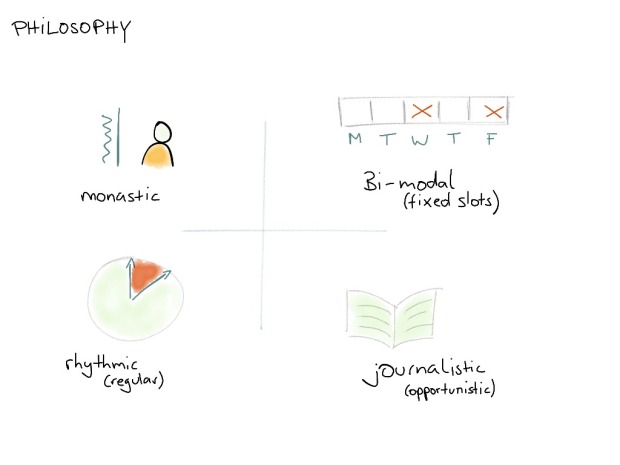
The Four Superpowers
Newport highlights four mental disciplines that make Deep Work the Big Thing. In his view, just taking time is not enough. Approaching the time in a certain way makes the difference.
First, focus on the wildly important. Rather than just trailing thoughts and questions, Newport suggests to go for the biggest levers. Use the time for Deep Work on the biggest opportunities. Keep them at the forefront of your focus.
Next, act on lead measures – the behaviors that make the difference. Rather than focus on the results. The current KPI-drenched workplace is almost completely geared towards outcomes. For you personal development and digging into the biggest opportunities, eye find a way to count what makes a difference in the leads, not the lags. Thinking rather than likes, fans rather than revenues, writing rather than page views.
Third, keep a compelling score card. Newport suggest good old paper and pencil to track the progress on Deep Work. How many times to you spend in deep work? How many insights are gathered? etc.
Finally, build in accountability. Either through a buddy, a tracking or simple setup that gears towards doing the things that matter. Social media and endless consumption is easy and non-productive. Shut off what doesn’t support a-priorities and stir your habits towards fruitful endeavors. 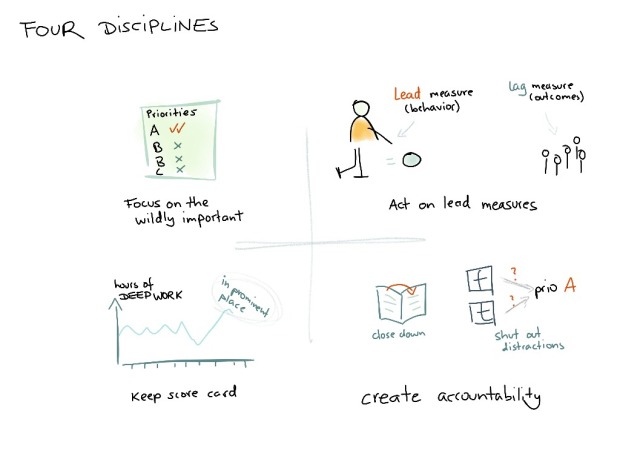
Deep Work is a timely reminder on working on what matters. The structure of our current world drifts towards the easy and superficial. Value is created by digging. Newport’s approach is not new or completely revolutionary. A good does of common sense with a framing for why it matters is enough to make this a standout work. And a pragmatic guide on how to get going and making the most out of Deep Work.
